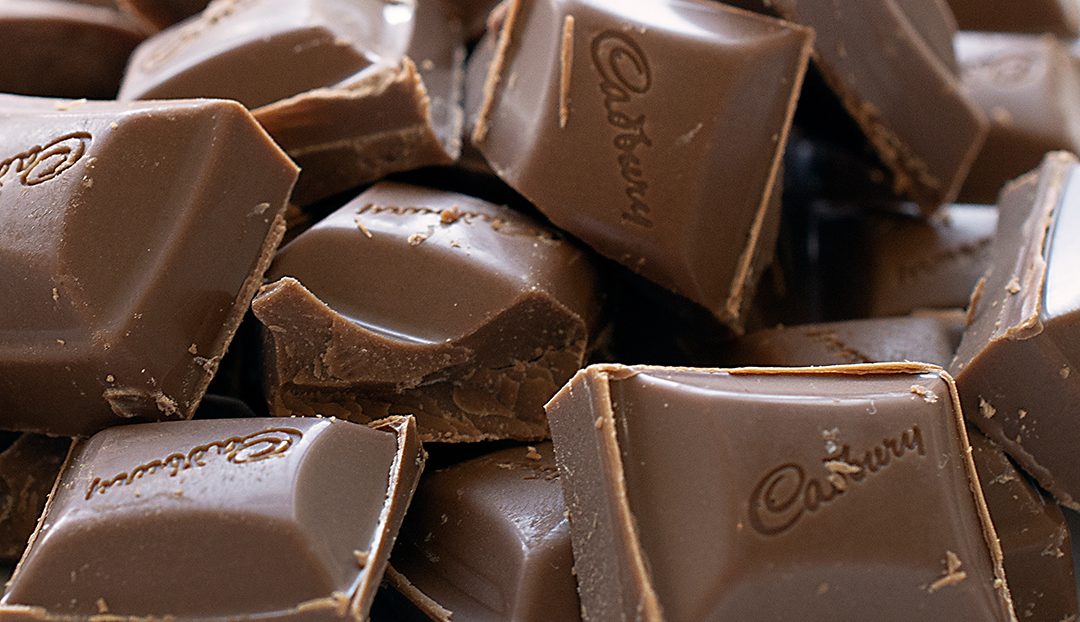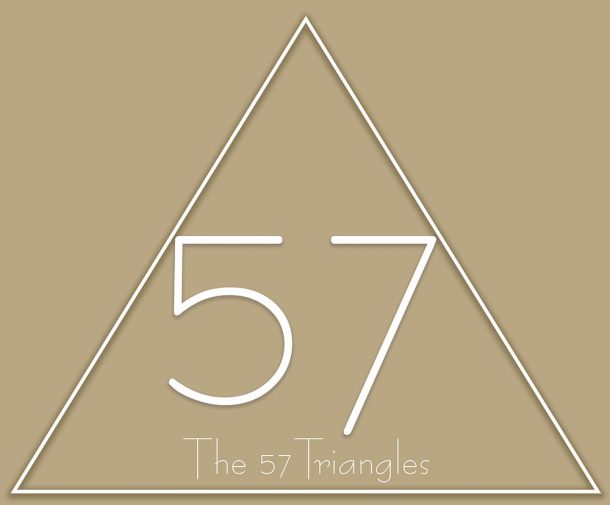Does Chocolate give you spots?
An old wives tale or a truth “If we eat too much chocolate then will we get more spots”
And quite frankly, it’s not strictly true, and it’s not quite as clear-cut as that. But before you rejoice and head out to stock up on the half-price deals, it’s also doesn’t mean that’s it’s necessarily good for your skin either though.
Nutrition can be a bit of a minefield:
Let’s look at the facts
MYTH
Chocolate causes spots
TRUTH
Cocoa is not, strictly the problem. In fact, Chocolate does not directly give you spots
BREAKDOWN
For ages, it has been known that diet can affect the way our skin feels and appears, for example, contributes to eczema, causes flare-ups. But chocolate, as a whole entity, is not the devil it has been made out to be. For one thing, everyone has a different relationship with food – so what causes spots in one person may not cause spots in another.
But the main element of misinformation in the common myth is actually that’s it’s the excess sugar that causes a whole host of problems, as opposed to cocoa. In fact, cocoa itself, as the active ingredient within the chocolate, has a whole host of positive properties. Raw cocoa can increase elasticity, reduce fine lines and wrinkles, and cocoa can calm and restore skin when applied externally too.
Sugar, on the other hand, isn’t so beneficial to our bodies, and we are consuming more and more of it every day – you’ll find that consumption has more than tripled over the last 50 years. According to a report by Statista, “ in 2018/2019 about 188.25 million metric tons of sugar was produced worldwide, up from 164.7 million metric tons of sugar in 2015/2016”.
Excess sugar in the bloodstream can cause glycation, a natural chemical reaction whereby the sugar attaches to proteins and produces harmful free radicals known as advanced glycation end products (AGEs). The more that AGEs accumulate in your body, the more damage the proteins they’ve attached to.
Once this happens and the blood sugar has risen, our body creates spikes in insulin. Having excess insulin can, in turn, cause our oil glands to produce more oil and ultimately result in bad skin and acne. Glycation can also cause oxidative stress and inflammation, which can accelerate ageing and wrinkles through the compromising of collagen production.
But where did these bad chocolate vibes all come from? It perhaps stems from the fact that women, at certain times of the month, often find themselves craving chocolate due to fluctuating hormone levels. Add these additional hormones into the mix, some of which cause an increase in sebum within the body, and naturally, the combination of high sugar and natural oil production can create a breeding ground for spots. Cue this happening to women all over the world and it seems we just decided over time, well, It must be the chocolate.
Really, the moral of the story is that everything in moderation is the way forward. So while we’re singing chocolates praises why don’t we look at the holistic positives of the product.
- The poly-phenols in cocoa are antioxidants that prevent free radicals from damaging cells. Antioxidants deeply nourish skin, so chocolate definitely isn’t all bad.
- The scent can cause a spike in serotonin -our happy hormone
- Quality dark chocolate is actually quite nutritious and very rich in fibre. It’s the sugar content that means it shouldn’t be consumed in too large quantities, but in moderation, it’s actually good for us.
- The bioactive compounds in dark chocolate may also protect our skin from UV rays. Studies have shown that the flavanols within chocolate can improve blood flow to the skin, so protect it from sun damage.
- Consider this your opportunity to pop to the shops and pick up a bar of your favourite chocolate. Enjoy!
Produced by Helen of The Cottage Beauty Lounge



Recent Comments